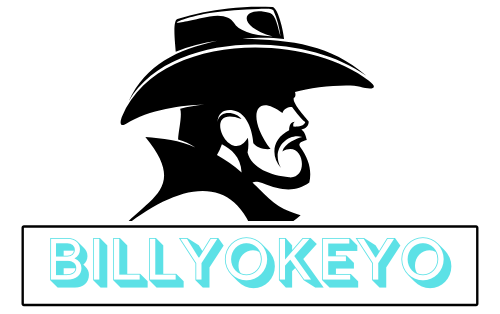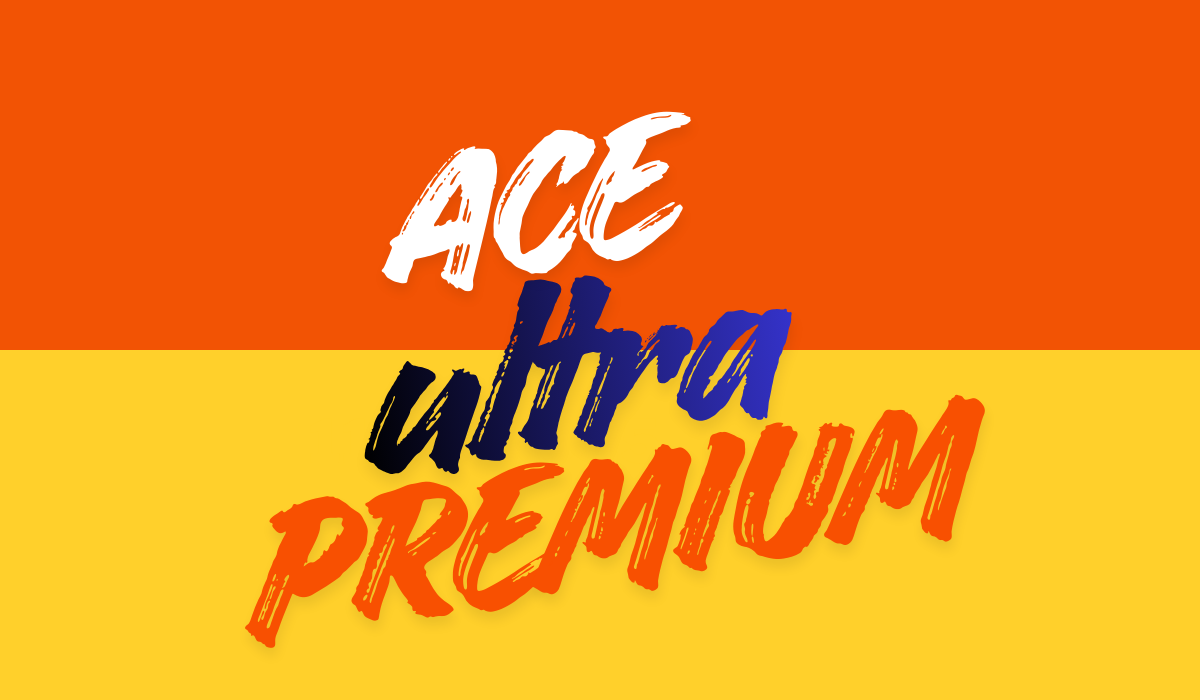Money stress hits hardest when payday feels impossibly far away. Whether it’s an unexpected car repair, medical bill, or simply running short before your next paycheck arrives, the scramble to cover expenses can lead to expensive financial decisions that compound your problems.
Traditional solutions like payday loans, credit card cash advances, or bank overdrafts often come with hefty fees and sky-high interest rates. But a new category of financial tools has emerged that promises a different approach: earned wage access (EWA) apps.
These apps allow you to access a portion of your earned wages before your scheduled payday, potentially offering a lifeline without the crushing costs of traditional short-term borrowing. But how do earned wage access apps compare to loans? Are they the financial game-changer they claim to be, or just another way to get caught in a cycle of financial dependency?
This comprehensive guide will help you understand everything about EWA apps, how they stack up against traditional loans, and whether they belong in your financial toolkit. You’ll learn about the top apps available, their benefits and risks, and most importantly, how to make informed decisions that support your long-term financial health.
What Are Earned Wage Access Apps and How Do They Work?
Earned wage access apps operate on a simple premise: you’ve already worked for your money, so why wait until payday to access it? These apps partner with employers or connect directly to your bank account to track your work hours and earnings, then allow you to withdraw a portion of your earned wages ahead of your regular pay schedule.
The process typically works like this: You download the app, verify your employment and income, and link your bank account. The app then calculates how much you’ve earned based on your work schedule or bank deposits. You can request an advance of usually 50-70% of your earned wages, which gets deposited into your account within minutes or hours.
When your regular payday arrives, the app automatically deducts the advanced amount from your paycheck or bank account, completing the cycle. Most apps charge either a flat fee per transaction (typically $1-5) or offer a subscription model with unlimited advances for a monthly fee.
The key distinction here is that you’re accessing money you’ve already earned through work, not borrowing against future income. This fundamental difference shapes how EWA apps market themselves and how they’re regulated compared to traditional loans.
Benefits of Using Earned Wage Access Apps
EWA apps offer several compelling advantages over traditional borrowing options. The most obvious benefit is cost savings. While a payday loan might charge $15-30 per $100 borrowed (translating to annual percentage rates of 400% or higher), EWA apps typically charge minimal flat fees or low monthly subscriptions.
Speed and convenience represent another major advantage. Most EWA apps can deliver funds to your account within hours, without credit checks, lengthy applications, or approval processes. This makes them particularly valuable for urgent expenses that can’t wait for traditional loan processing.
The absence of credit checks means EWA apps are accessible to people with poor credit or no credit history. Traditional loans often exclude these individuals entirely or offer them only at punitive interest rates. EWA apps democratize access to emergency funds based on employment status rather than credit scores.
Many apps also provide valuable financial wellness features beyond wage advances. These might include budgeting tools, spending tracking, savings challenges, or financial education resources. Some apps even offer cash-back rewards or help users build credit history through responsible usage reporting.
The transparency of fees is another benefit. Unlike some traditional lenders who obscure costs through complex interest calculations and hidden fees, most EWA apps clearly state their charges upfront. This transparency helps users make informed decisions about the true cost of accessing their money early.
Top Earned Wage Access Apps in the Market
Several EWA apps have gained significant market share, each with distinct features and fee structures. Understanding these differences can help you choose the right option for your needs.
Earnin stands out as one of the most popular options, allowing users to access up to $750 per pay period with no mandatory fees. Instead, users can choose to leave a “tip” for the service. The app tracks your work hours through location services or photo verification of timesheets, making it suitable for both hourly and salaried workers.
Dave offers wage advances up to $500 with a $1 express fee for instant transfers. The app also provides budgeting tools, alerts for potential overdrafts, and helps users find side gigs to increase income. Dave operates on a membership model with a monthly fee that includes multiple services.
Brigit focuses on helping users avoid overdraft fees by providing small advances up to $250. The app uses artificial intelligence to predict when your account might go negative and can automatically advance funds to prevent overdrafts. This proactive approach sets it apart from apps that only respond to user requests.
MoneyLion offers a more comprehensive financial platform that includes wage advances alongside banking services, credit building, and investment options. Their Instacash feature provides advances up to $500 with no interest or credit checks, though faster delivery incurs fees.
DailyPay works differently by partnering directly with employers to offer EWA as an employee benefit. This model often provides the lowest costs and highest advance limits since it integrates with payroll systems, but it requires employer participation.
The Role of EWA in Financial Wellness
EWA apps position themselves as tools for improving financial wellness rather than just emergency funding sources. This positioning reflects a broader shift in how financial services companies approach short-term lending and cash flow management.
The ability to smooth income fluctuations can reduce financial stress and help people avoid more expensive alternatives. For workers with irregular schedules or variable income, EWA apps can provide stability that makes budgeting and financial planning more manageable.
Many apps incorporate behavioral economics principles to encourage better financial habits. Features like savings goals, spending categorization, and educational content aim to help users develop long-term financial skills while addressing immediate cash flow needs.
Some apps also help users build credit history by reporting positive payment behavior to credit bureaus. This can be particularly valuable for individuals who lack traditional credit accounts but demonstrate responsible financial behavior through consistent EWA usage.
The integration of multiple financial services within EWA apps creates opportunities for holistic financial improvement. Users might start with wage advances but gradually adopt budgeting tools, savings features, or other services that support broader financial goals.
However, the effectiveness of these wellness features depends heavily on user engagement and the app’s design. Apps that successfully combine immediate relief with long-term financial education tend to produce better outcomes than those focused solely on wage advances.
Potential Drawbacks and Risks of EWA Apps
Despite their benefits, EWA apps come with significant risks that users must carefully consider. The most concerning risk is the potential for creating a cycle of dependence. If you consistently spend your wages before payday, you may find yourself perpetually short of money and reliant on advances to make ends meet.
This cycle can be particularly problematic because it doesn’t address underlying budgeting issues or insufficient income. Instead of solving financial problems, EWA apps might mask them while preventing users from developing sustainable money management skills.
Fee structures can also become problematic with frequent use. While individual transaction fees seem small, they can add up quickly for regular users. Someone who uses an EWA app twice per month with $3 fees would pay $72 annually just for accessing their own money early.
Some apps use subscription models that can be expensive for infrequent users. A monthly fee of $9.99 might make sense for someone who uses advances regularly, but it’s costly for occasional users who only need emergency access once or twice per year.
Privacy and data security represent additional concerns. EWA apps require access to sensitive financial information, work schedules, and location data. Users must trust these companies to protect their information and use it responsibly, which isn’t always guaranteed given the relative newness of the industry.
The lack of comprehensive regulation also creates risks. While some states have begun addressing EWA apps, the regulatory landscape remains unclear. This uncertainty means consumer protections that apply to traditional lenders might not extend to EWA providers.
How EWA Apps Differ from Traditional Loans
The differences between earned wage access apps and traditional loans extend far beyond marketing language. These distinctions have important implications for users, regulators, and the broader financial services industry.
Traditional loans involve borrowing money you haven’t yet earned, with interest charges that compensate lenders for the risk of non-repayment. EWA apps, by contrast, provide access to wages you’ve already earned through work. This fundamental difference affects both the economics and the regulation of these services.
Interest rates represent the most obvious difference. Traditional short-term loans often carry annual percentage rates in the triple digits, while EWA apps typically charge flat fees that translate to much lower effective rates. However, this comparison can be misleading since EWA apps are designed for very short-term use.
Credit checks and approval processes also differ significantly. Traditional lenders evaluate creditworthiness and may reject applicants or offer unfavorable terms based on credit history. EWA apps generally don’t perform credit checks, instead relying on employment verification and banking history.
Repayment mechanisms vary as well. Traditional loans require active repayment by borrowers, often with consequences for missed payments including late fees, increased interest rates, and credit score damage. EWA apps typically use automatic deduction from paychecks or bank accounts, reducing the risk of missed payments but also removing user control over timing.
The regulatory environment for these two categories remains quite different. Traditional lenders must comply with extensive consumer protection laws, interest rate caps, and licensing requirements. EWA apps operate in a less regulated space, though this is beginning to change as regulators take notice of their growth.
The Future of Earned Wage Access and Industry Impact
The rapid growth of EWA apps reflects broader changes in how people work and manage money. As the gig economy expands and traditional employment becomes less predictable, demand for flexible financial tools continues to increase.
Regulatory attention is intensifying as EWA apps gain market share. Several states have introduced legislation specifically addressing these services, while federal regulators are studying their impact on consumers and the financial system. Future regulations will likely focus on fee transparency, consumer protections, and clear guidelines about when EWA constitutes lending.
Traditional financial institutions are responding to EWA competition by developing their own solutions. Banks are beginning to offer similar services to customers, often with lower fees and better integration with existing accounts. This trend could lead to more mainstream adoption of EWA concepts.
Employer adoption of EWA as an employee benefit continues to grow. Companies see these programs as low-cost ways to improve employee satisfaction and retention while addressing financial stress that can impact workplace productivity. This employer-sponsored model may become the dominant form of EWA in the future.
Technology improvements will likely expand EWA capabilities and reduce costs. Better integration with payroll systems, improved fraud detection, and more sophisticated financial wellness features will make these apps more valuable to users while potentially reducing risks.
The long-term impact on traditional payday lending remains unclear. While EWA apps are clearly capturing some market share from payday lenders, they may also be creating new demand by serving previously underserved populations.
Making Smart Financial Decisions About EWA Apps
Understanding whether earned wage access apps belong in your financial toolkit requires honest assessment of your financial situation and goals. These apps work best as occasional emergency solutions rather than regular income supplements.
Before using any EWA app, evaluate why you need early access to wages. If it’s a one-time emergency, an EWA app might be perfect. If you consistently run short of money before payday, you may need to address underlying budgeting issues rather than treat symptoms with wage advances.
Compare costs carefully across different apps and alternatives. Calculate the effective cost of advances based on your likely usage patterns, including both fees and any subscription costs. Remember to compare these costs against alternatives like credit cards, bank overdrafts, or borrowing from friends and family.
Read terms and conditions thoroughly, paying special attention to fee structures, automatic renewal clauses, and data usage policies. Understand what happens if you can’t repay an advance on schedule and whether the app reports to credit bureaus.
Consider starting with apps that offer the most flexibility and lowest costs for your situation. Apps with no mandatory fees or pay-per-use models might be better for occasional users, while subscription models could benefit frequent users.
Monitor your usage patterns carefully to avoid developing dependence. Set personal limits on how often you’ll use EWA apps and stick to them. If you find yourself using advances every pay period, it’s time to reassess your budget and spending habits.
Use any financial wellness features the apps provide, but don’t rely solely on them for financial education. Supplement app-provided tools with comprehensive financial literacy resources and consider working with a financial counselor if you’re struggling with persistent money management issues.
The key to success with earned wage access apps lies in treating them as tools for specific situations rather than solutions to ongoing financial challenges. When used thoughtfully and sparingly, they can provide valuable breathing room during financial emergencies without the crushing costs of traditional short-term loans.
You May Also Like:





